Right, let's talk about saffron rice. You know, that stunningly vibrant, aromatic dish that can transform a simple meal into something truly special. It's a staple in many cuisines, from the fragrant rice pilafs of the Middle East to the comforting paella of Spain. But cooking it right, achieving that perfect balance of flavour and texture, can be a bit of a challenge.
I've been a bit of a saffron rice enthusiast for years, experimenting with different techniques and recipes. And let me tell you, it's been a journey! From clumpy, undercooked disasters to overly mushy messes, I've seen it all. But through trial and error, I've finally cracked the code. So, buckle up, dear reader, because today I'm sharing my secrets to creating the most magnificent saffron rice you've ever tasted.
Part 1: The Basics – Understanding Saffron
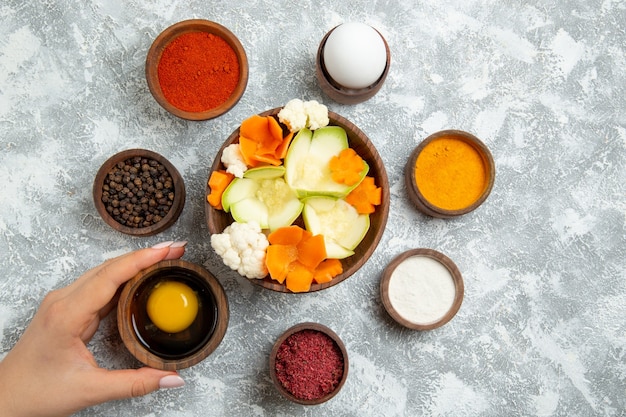
The Queen of Spices: A Royal History
Saffron, that precious spice derived from the Crocus sativus flower, is a real culinary treasure. It's known as the “Queen of Spices” for a reason, you know? Its colour, aroma, and flavour are truly extraordinary. And while it's a bit pricey, a little goes a long way. Just a few threads can infuse your rice with a captivating aroma and a vibrant golden hue.
Saffron has a rich history, dating back thousands of years. It was highly prized in ancient civilizations, used for everything from dyeing fabrics to medicinal purposes. In fact, in some cultures, it was considered more valuable than gold!
What Makes Saffron So Special?
The thing is, saffron isn't just about the colour. It has a rich, complex flavour profile that's both earthy and floral. It's truly unique, adding depth and complexity to any dish. Imagine a blend of sweet hay, honey, and a hint of bitter orange – that's the essence of saffron.
Where to Find the Best Saffron: A Connoisseur’s Guide
You want to find high-quality saffron, preferably from Spain or Iran. These regions are renowned for their exceptional quality. Look for saffron that is labelled as "Spanish Superior" or "Iranian Premium". The threads should be vibrant red and have a strong, sweet aroma. Avoid saffron that is pale in colour or has a musty smell.
The Art of Using Saffron: A Subtle Touch
Remember, saffron is a powerful spice, and a little goes a long way. For a typical pot of rice, you'll only need about a teaspoon of saffron threads. Use a fine-mesh strainer to remove any grit or impurities before using it in your recipe.
Part 2: choosing the right rice: The Foundation of Flavor
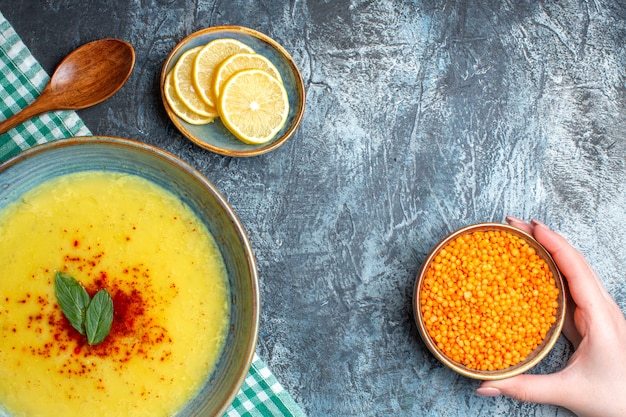
The Power of Basmati: A Rice Connoisseur’s Choice
Now, when it comes to saffron rice, basmati rice is the absolute star. Its long, slender grains release a wonderful aroma and have a delicate flavour that complements the saffron beautifully. It cooks up fluffy and separate, which is exactly what you want in a perfect saffron rice.
Basmati rice is a long-grain variety that is grown primarily in India and Pakistan. It has a distinct, slightly nutty aroma and a delicate flavour that is not overpowering.
Other Options: Exploring Rice Diversity
While Basmati is my go-to, other types of long-grain rice can also work well. jasmine rice, for instance, has a slightly floral aroma and a slightly sticky texture, which some people prefer. It's commonly used in Thai and Southeast Asian cuisine.
If you want a more robust flavour, consider using a blend of long-grain and short-grain rice. Short-grain rice, like Arborio, is known for its creamy texture and is often used in risotto.
Don’t Forget to Rinse Your Rice: A Crucial Step
Before cooking, it's essential to rinse your rice. This removes excess starch, which can make the rice sticky and clumpy. Just pour your rice into a fine-mesh sieve and rinse it under cold water until the water runs clear. You'll be amazed at how much starch comes out!
Part 3: Mastering the Art of Toasting: Unleashing the Aroma
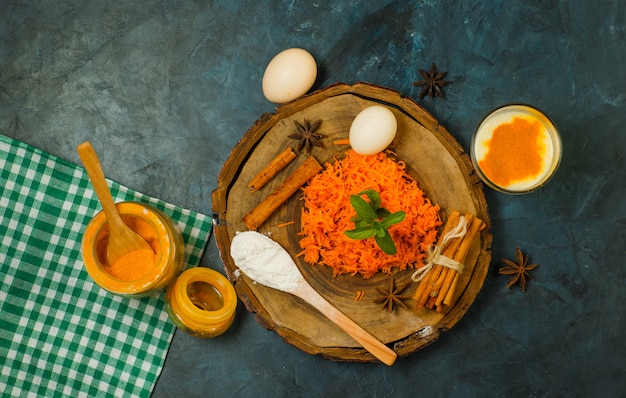
Unlocking the Aroma: The Importance of Toasting
Toasting the rice is a crucial step in creating flavorful saffron rice. It brings out the natural nutty aroma of the rice and helps to create a more complex flavour. Imagine the difference between a plain piece of bread and one that's been lightly toasted – it's all about that extra layer of flavour.
The Toasting Technique: A Simple Yet Effective Method
Heat a large pot or pan over medium heat. Add a few tablespoons of olive oil or ghee and then add the rinsed rice. Gently toss the rice around in the oil until it becomes slightly translucent and has a pleasant aroma – about 2-3 minutes.
Don’t Overdo It: The Fine Line Between Toast and Burn
It's important not to overtoast the rice. You want it to be fragrant, not burnt. Keep a close eye on it and remove it from the heat as soon as it starts to turn golden brown. The aroma is your guide!
Part 4: The Saffron Infusion: Extracting the Essence
The Magic of Saffron: Beyond the Visual Appeal
Saffron is notoriously stubborn. It doesn't just release its flavour and colour into the water – it needs a bit of coaxing. That's where our infusion technique comes in.
Infusing the Saffron: Unleashing its Flavor and Colour
In a small bowl, combine about a teaspoon of saffron threads with half a cup of hot water. Let it steep for at least 15 minutes, allowing the saffron to release its colour and flavour into the water. You'll see the water gradually turn a vibrant golden yellow.
Boosting the Flavour: A Little Sweetness Goes a Long Way
Some people like to add a pinch of sugar to the saffron infusion to help extract even more flavour. It's a little trick I learned from my grandmother, and it truly makes a difference. The sugar helps to break down the saffron threads, releasing their full potential.
Part 5: The Cooking Process: Precision and Patience
The Right Ratio: Finding the Perfect Balance
For perfect saffron rice, you need the right ratio of liquid to rice. A good rule of thumb is to use 1 and a half cups of water for every cup of rice. This ensures that the rice cooks evenly and absorbs the liquid completely.
The Cooking Method: A Step-by-Step Guide
Once the rice is toasted, add the saffron infusion (along with the saffron threads) to the pot. Then, add the water, salt, and any other desired seasonings. Bring the mixture to a boil, then reduce the heat to a simmer, cover the pot tightly, and cook for about 15-20 minutes, or until the rice is tender and the water is absorbed.
During the cooking process, resist the urge to lift the lid. You want to trap the steam and allow the rice to cook evenly.
The Final Step: Resting and Fluffing
After cooking, let the rice rest for 5-10 minutes, covered, before fluffing it with a fork. This will allow the rice to steam and absorb any remaining moisture. The rice will become light, fluffy, and perfectly cooked.
Part 6: Adding Extra Flavour: The Art of Seasoning
The Art of Seasoning: Adding Depth and Complexity
Saffron rice is a blank canvas, ready for your creative touch. You can add a variety of ingredients to enhance its flavour and complexity.
Common Additions: A Symphony of Flavors
Some popular additions include:
Onions: Lightly sautéed onions can add a sweet and savory flavour to the rice. Use yellow or white onions for a mild flavour or red onions for a slightly sharper taste.
Garlic: A clove or two of minced garlic can bring a pungent aroma and depth of flavour.
Ginger: Grated ginger adds a spicy and warming note. Try using fresh ginger for the best flavour.
Cardamom pods: These fragrant pods add a subtle, sweet and spicy touch. Green cardamom pods are the most common type used in saffron rice.
Bay leaf: A bay leaf adds a subtle earthy aroma. Remove the bay leaf before serving.
Experimenting with Flavours: The Joy of Culinary Exploration
Don’t be afraid to experiment! You can add dried fruits like raisins or cranberries for a touch of sweetness. Or try adding chopped nuts like almonds or pistachios for a crunchy texture.
Consider adding a sprinkle of chopped fresh herbs like parsley, cilantro, or mint for a fresh and vibrant touch.
Part 7: Serving and Storing: Enjoying and Preserving Your Culinary Creation
Time to Enjoy: A Celebration of Flavour
Saffron rice is best served immediately after cooking. It's a perfect accompaniment to a variety of dishes, from curries and stews to grilled meats and vegetables.
Storing Leftovers: Maintaining Freshness
If you happen to have any leftovers, store them in an airtight container in the refrigerator for up to 3 days. You can reheat it gently in the microwave or on the stovetop.
A Tip for Leftovers: Reheating with Care
To prevent the rice from drying out when reheating, add a little bit of water or broth to the container before microwaving or heating on the stovetop.
Part 8: Saffron rice variations: A culinary journey
Beyond the Basics: Exploring Saffron Rice Dishes
Saffron rice is incredibly versatile. It can be the base for a wide range of dishes, from classic rice pilafs to more elaborate creations.
Popular Variations: A World of Flavors
Here are a few popular variations:
Paella: A Spanish dish that traditionally features saffron rice, seafood, chicken, and vegetables. It's often cooked in a large, shallow pan called a paella pan.
Biryani: An Indian dish that often includes saffron rice, meat, and a blend of aromatic spices. Biryani is known for its layered presentation and rich flavors.
Moroccan Rice Pilaf: A flavorful rice dish seasoned with saffron, cumin, coriander, and cinnamon. Moroccan cuisine is known for its use of fragrant spices and dried fruits.
Persian Saffron Rice (Tahdig): A dish that features a crispy, golden layer of rice on the bottom of the pot, known as “tahdig.” Tahdig is a delicious and satisfying side dish that's often enjoyed with a variety of Persian stews and dishes.
Part 9: Saffron Rice Troubleshooting: Solving Common Challenges
Common Issues and Solutions: Overcoming Culinary Roadblocks
Even the most experienced cooks can encounter problems when making saffron rice. Here are some common issues and solutions:
1. Clumpy Rice: A Problem of Starch
This usually happens when the rice is not properly rinsed or when too much starch is present.
Solution: Rinse your rice thoroughly before cooking and make sure you use the correct amount of liquid. Use a fine-mesh strainer and rinse the rice until the water runs clear.
2. Dry Rice: Insufficient Liquid
This usually occurs when you haven’t used enough liquid.
Solution: Add a little more water or broth and simmer for a few more minutes until the rice is tender and the liquid is absorbed. Keep an eye on the rice and adjust the liquid accordingly.
3. Overcooked Rice: Overdoing It
This can happen if you cook the rice for too long.
Solution: Be sure to cook the rice for the recommended time, and don't let it simmer for too long. Use a timer to ensure that the rice cooks evenly.
4. Weak Saffron Flavour: A Case of Insufficient Infusion
Sometimes, the saffron just doesn’t infuse properly.
Solution: Ensure you use good quality saffron and steep it in hot water for at least 15 minutes. You can also experiment with adding a pinch of sugar to the infusion to enhance the flavour.
Part 10: FAQs: Addressing Common Questions
1. What if I don't have saffron?
While saffron is the traditional choice, you can use other spices to give your rice a golden hue and a hint of flavour. Turmeric powder, for instance, will provide a golden colour, and you can add a pinch of cumin or coriander for a slightly more earthy flavour.
2. Can I use any type of rice?
While Basmati rice is the ideal choice, you can use other types of long-grain rice, such as Jasmine or Arborio. Just remember that the cooking time and liquid ratio may vary. Adjust the cooking time and liquid according to the type of rice you use.
3. How long can I store leftover saffron rice?
Store leftover saffron rice in an airtight container in the refrigerator for up to 3 days. It’s best to reheat it gently to avoid drying it out.
4. What are some other dishes I can make with saffron rice?
Saffron rice is a versatile ingredient that can be used in various dishes, from classic rice pilafs to more elaborate creations. Here are a few examples:
Paella: A Spanish dish that traditionally features saffron rice, seafood, chicken, and vegetables. It's a vibrant and flavorful dish that's perfect for a crowd.
Biryani: An Indian dish that often includes saffron rice, meat, and a blend of aromatic spices. Biryani is a fragrant and flavorful dish that's often served for special occasions.
Moroccan Rice Pilaf: A flavorful rice dish seasoned with saffron, cumin, coriander, and cinnamon. Moroccan rice pilaf is a hearty and flavorful dish that's perfect for a cold winter evening.
Persian Saffron Rice (Tahdig): A dish that features a crispy, golden layer of rice on the bottom of the pot, known as “tahdig.” Tahdig is a delicious and satisfying side dish that's often enjoyed with a variety of Persian stews and dishes.
5. How much saffron do I need?
The amount of saffron you use will depend on the dish you are making. For a classic saffron rice, about a teaspoon of saffron threads will be enough for a large pot of rice. If you want a more intense flavour, you can use a little more.
That’s it, folks! With a little practice and my tips, you can make the most glorious saffron rice that will impress your family and friends. Just remember to have fun and experiment with different flavours and variations. Happy cooking!
Everyone is watching
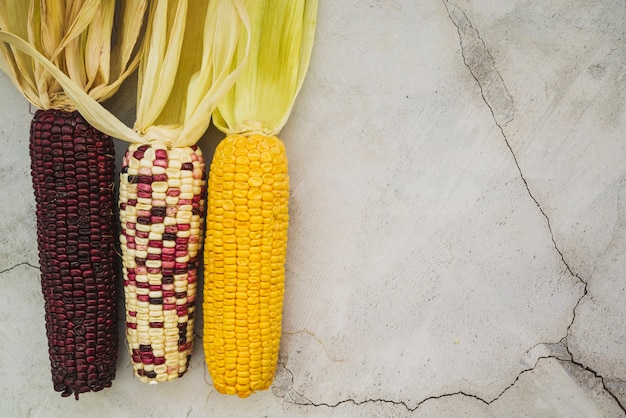
Corn on the Cob: The Ultimate Guide to Perfectly Cooked Ears
Healthy MealsAh, corn on the cob. Just the name evokes images of sunny days, barbecues, and that sweet, juicy flavour that ...
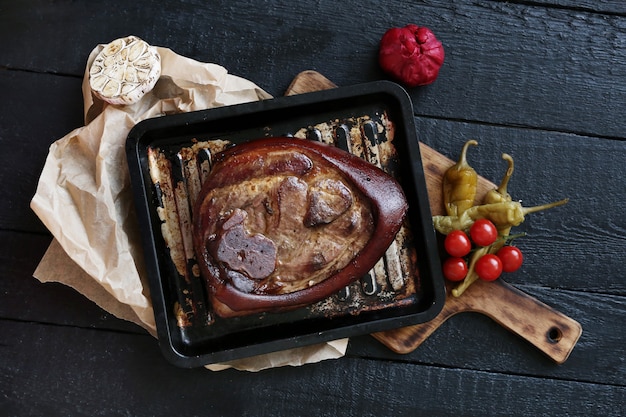
Perfect Pork Roast Oven Cooking Time: A Guide to Delicious Results
Healthy MealsThere's something truly satisfying about a perfectly roasted pork. The aroma alone is enough to make your mout...
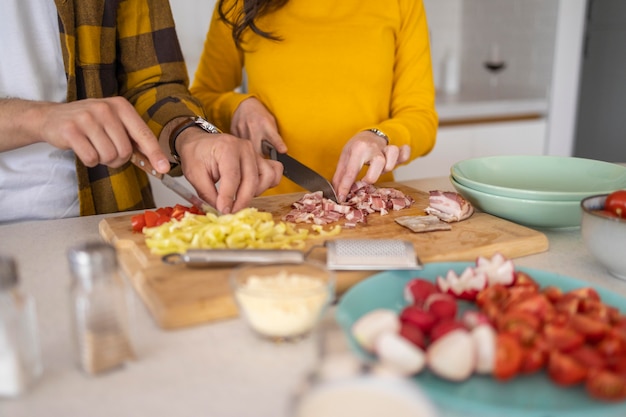
Ham Cooking Time: How Long to Bake, Smoke, or Boil a Delicious Ham
Healthy MealsAh, ham. It's a classic, isn't it? A real crowd-pleaser, especially around holidays. And when done right, it'...
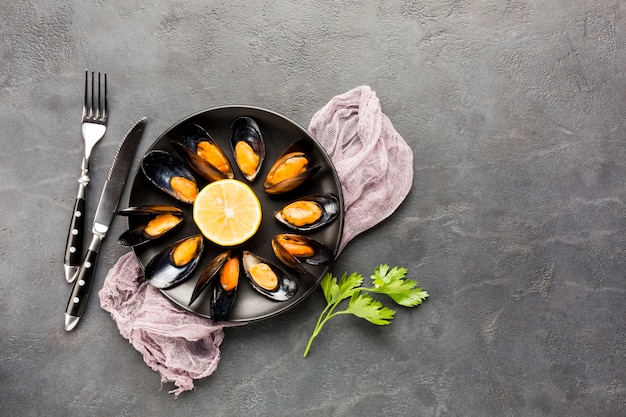
Scallops: The Ultimate Guide to Perfect Cooking
Healthy MealsAh, scallops. Those delicate, sweet, and utterly delicious morsels of the sea. They hold a special place in my...
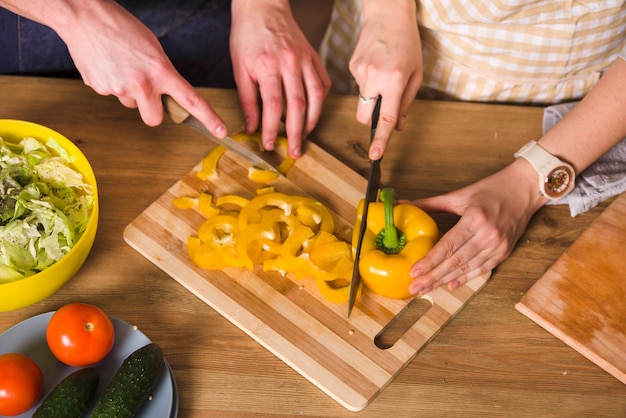
Spaghetti Squash: The Ultimate Guide to Cooking and Serving
Healthy MealsRemember that time you saw spaghetti squash at the supermarket, looking all bumpy and strange, and thought, "W...
